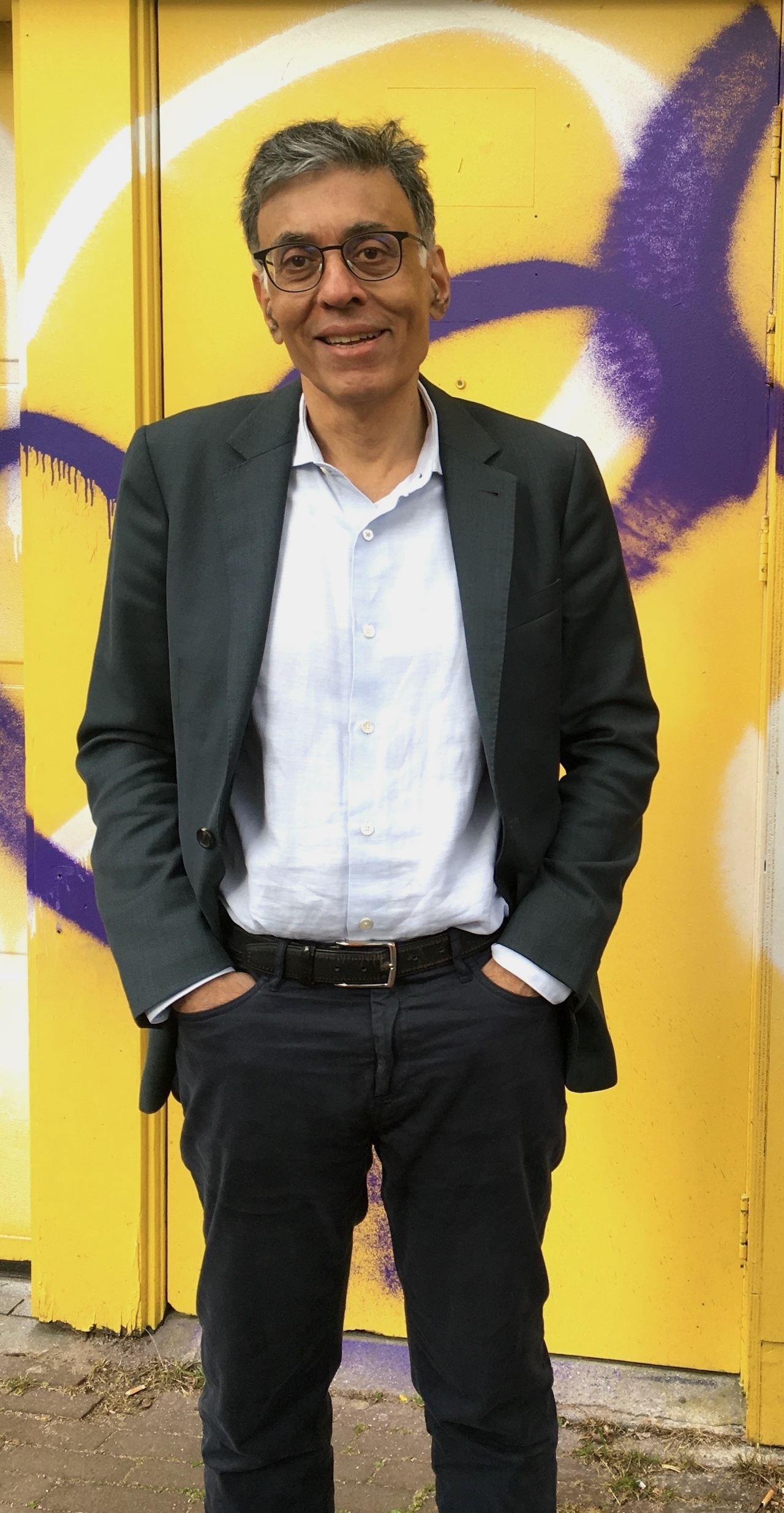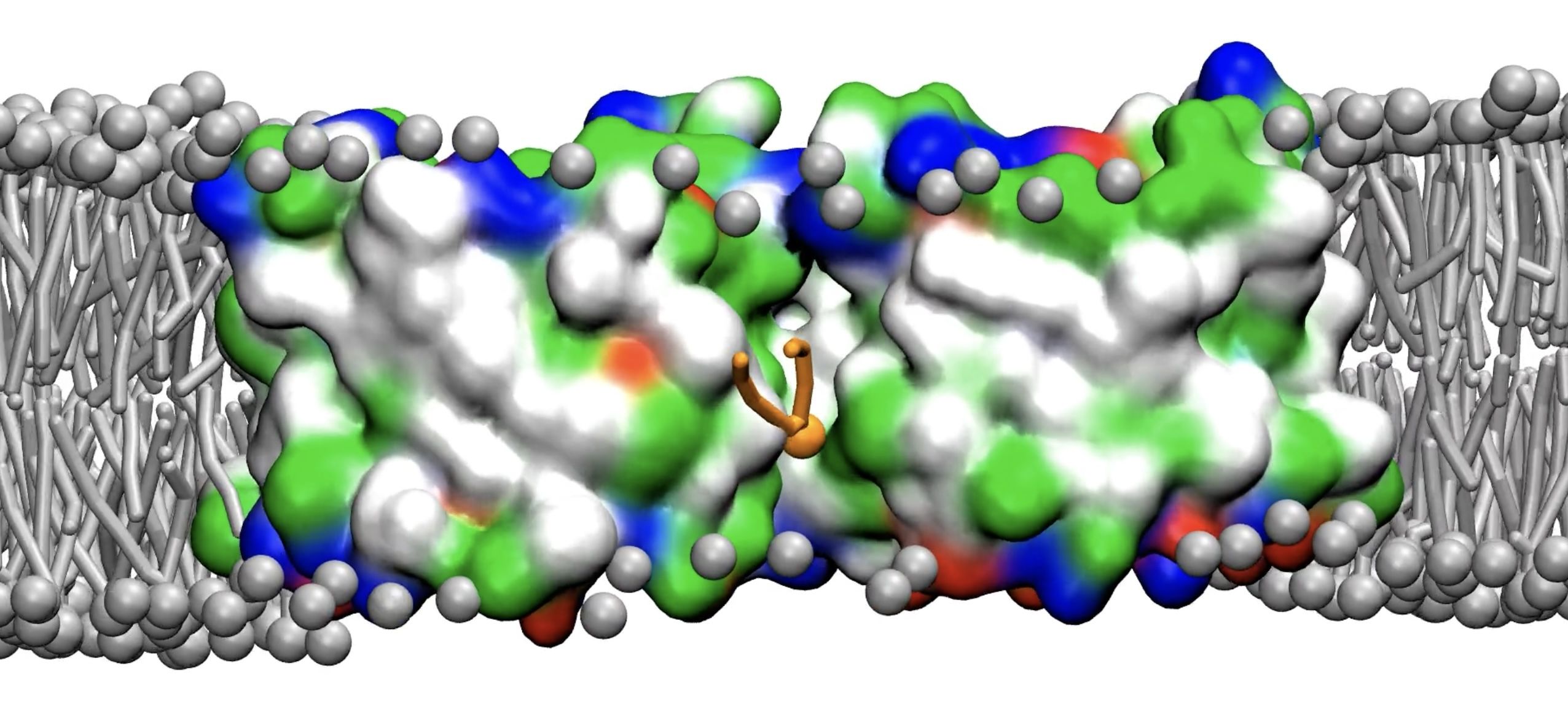
Research
We study how lipids are trafficked inside cells, across and between membrane bilayers. This is a basic problem in molecular cell biology, important for understanding the biogenesis of cell membranes and the homeostatic control of their lipid content, as well as protein glycosylation. Our approaches include biochemistry, biophysics, chemical biology, membrane protein reconstitution, quantitative proteomics, single molecule fluorescence, structural biology, and yeast genetics.
One of our projects is to understand how phospholipids enter mitochondria to support the structure and function of the mitochondrial double membrane system. We found that VDAC, a giant beta barrel protein of the outer mitochondrial membrane, is a lipid transporter. The graphic shows a phospholipid (yellow) crossing the outer membrane at the interface between two VDAC molecules. This image from a computer simulation is supported by fluorescence-based measurements of phospholipid flip-flop catalyzed by purifiedVOAC reconstituted into a liposomes, as well as by analyses of lipid transport into yeast mitochondria isolated from strains lacking one or more VOAC proteins.
Figure 1.

Bio
Menon obtained an undergraduate degree in Chemistry from the Indian Institute of Technology, Kanpur, India, and a Ph.D. in Biophysical Chemistry from Cornell University. He subsequently moved to The Rockefeller University for postdoctoral research where he elucidated the novel glycosylation pathway by which glycosylphosphatidylinositol (GPI)-anchored proteins are synthesized in the endoplasmic reticulum. He was appointed Assistant Professor at Rockefeller, leaving in 1993 for a faculty appointment in Biochemistry at the University of Wisconsin-Madison where he began working on the problem of intracellular lipid transport. In 2005, he returned to New York as Professor of Biochemistry at Weill Cornell.
